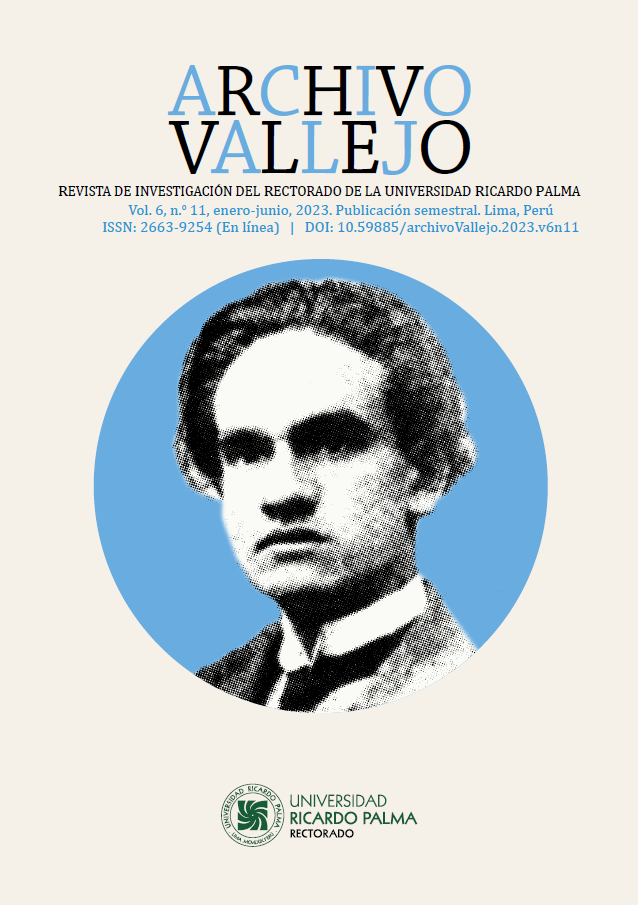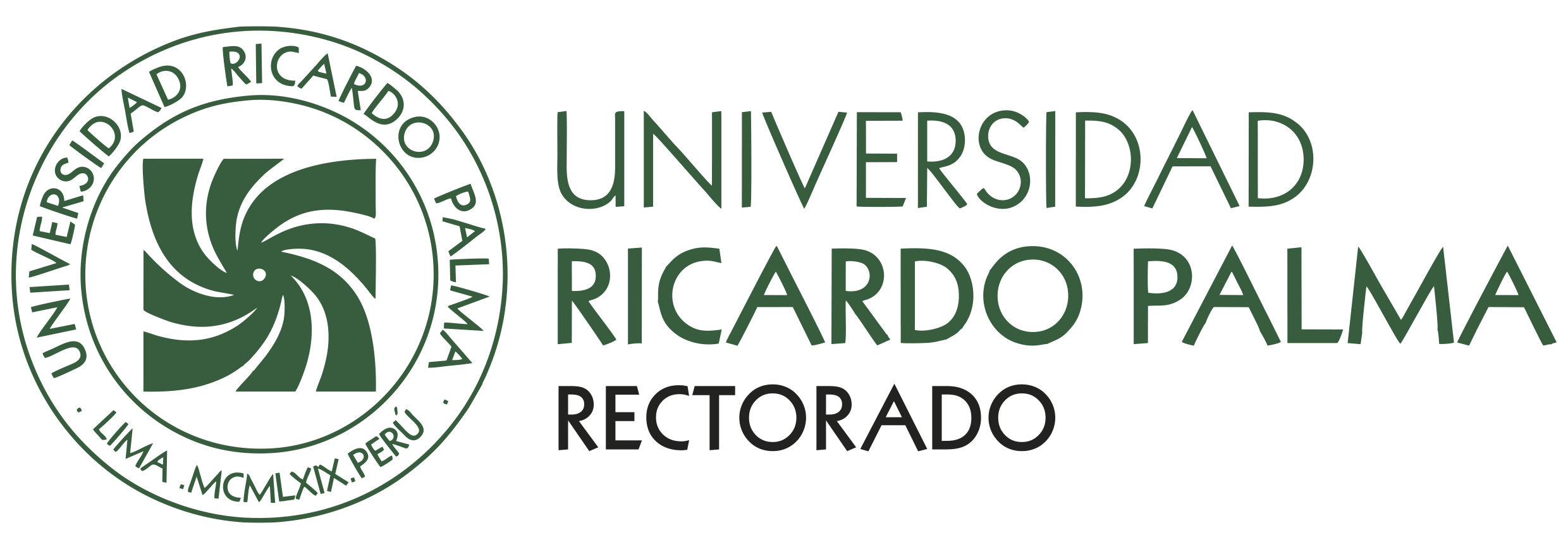Some notes on poem VII of Trilce
DOI:
https://doi.org/10.59885/archivoVallejo.2023.v6n11.02Keywords:
César Vallejo, Trilce, Peruvian literature, semioticsAbstract
In this text, we propose a reading that does not pretend to interpret or find some hidden sense or meaning. We rehearse some translations of the language of otherness of Trilce’s texts. Our main objective is to assemble the figurative composition of the text, which can open the way for a wider assemblage. In this way, we have found some directions of meaning and traces that aim to form icons that figurative certain categories: the legal vs. the illegal, the just and the unjust, rascality and circumspection, liberation and confinement, alongside those of mobility and immobility, change and stagnation, linearity and circularity, ceremoniality and routine, innovation and continuity, prudence and risk, the rural and the urban.
References
Arguedas, J. M. (2011). Los ríos profundos. Estruendomudo.
Bordron, J.-F. (1991). Les objets en partir. Esquisse d’ontologie matérielle. Langages, (103), 51-65.
Bordron, J.-F. (2011). L’iconocité et ses images. Etudes sémiotiques. Presses Universitaries de France.
Bordron, J.-F. (2012). Vie(s) et diathèses. Nouveaux Actes Semiótiques, (115). https://doi.org/10.25965/as.2654
Bordron, J.-F. (2013). Image et verité. Essais sur les dimensions iconiques de la connaissance. Presses Universitaire de Liège.
Deleuze, G. (1971). Lógica del sentido. Barral Editores.
Deleuze, G. y Guattari, F. (2015). Mil mesetas. Capitalismo y esquizofrenia (12.a ed.). Pretextos.
Fontanille, J. (2001). Semiótica del discurso. Fondo Editorial de la Universidad de Lima.
Greimas, J. A. y Courtés, J. (1982). Semiótica. Diccionario razonado de la teoría del lenguaje. Gredos.
Landowski, E. (2007). Interacciones arriesgadas. Fondo Editorial de la Universidad de Lima.
Vallejo, C. (1922). Trilce. Talleres Tipográficos de la Penitenciaría.
Downloads
Published
How to Cite
Issue
Section
License
Copyright (c) 2023 Santiago López Maguiña

This work is licensed under a Creative Commons Attribution 4.0 International License.
Los contenidos publicados en la revista están bajo una licencia CC-BY 4.0, la cual permite:
- Compartir, copiar y redistribuir el material en cualquier medio o formato.
- Adaptar, remezclar, transformar y construir a partir del material para cualquier propósito, incluso comercialmente.
Bajo los siguientes términos:
- Atribución. Usted debe dar crédito de manera adecuada, brindar un enlace a la licencia, e indicar si se han realizado cambios. Puede hacerlo en cualquier forma razonable, pero no de forma tal que sugiera que usted o su uso tienen el apoyo de la licenciante.















